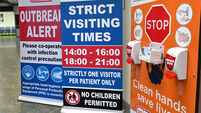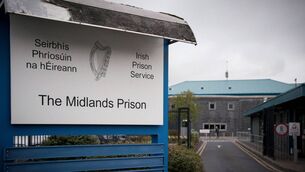One-in-25 house vacancy rate branded a 'slap in the face' to those looking for a home

While nearly 2.5% of homes in Dublin were vacant, that rises to more than 5% in the rest of the country, the CSO said. File picture: Larry Cummins
Around one in 25 homes in the country are vacant, new data suggests - which is a "slap in the face to those tens of thousands in dire need of housing" according to one TD.
The data from the Central Statistics Office (CSO) shows the vacancy rate for dwellings was 4.3% in 2021. It was calculated based on metered electricity consumption.










